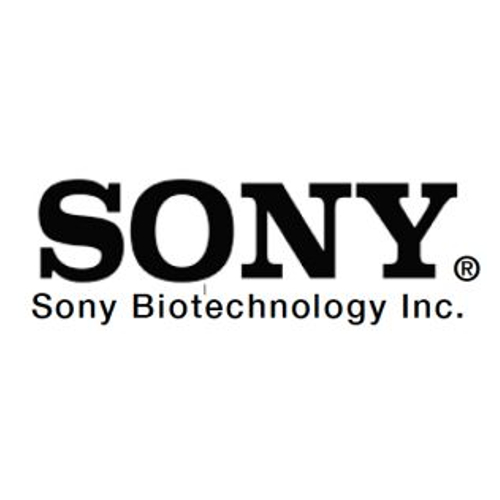CD4 Monoclonal / Alexa Fluor 594 / RPA-T4
Product Details
| Description | Alexa Fluor 594 anti-human CD4 | |
|---|---|---|
| Conjugate | Alexa Fluor 594 | |
| Clone | RPA-T4 | |
| Target Species | Chimpanzee, Human | |
| Applications | FC, IF | |
| Supplier | Sony | |
| Catalog # | Sign in to view product details, citations, and spectra | |
| Size | ||
| Price | ||
| Antigen | ||
| Host | ||
| Isotype |
About CD4
This gene encodes the CD4 membrane glycoprotein of T lymphocytes. The CD4 antigen acts as a coreceptor with the T-cell receptor on the T lymphocyte to recognize antigens displayed by an antigen presenting cell in the context of class II MHC molecules. The CD4 antigen is also a primary receptor for entry of the human immunodeficiency virus through interactions with the HIV Env gp120 subunit. This gene is expressed not only in T lymphocytes, but also in B cells, macrophages, granulocytes, as well as in various regions of the brain. The protein functions to initiate or augment the early phase of T-cell activation, and may function as an important mediator of indirect neuronal damage in infectious and immune-mediated diseases of the central nervous system. Multiple alternatively spliced transcript variants encoding different isoforms have been identified in this gene. [provided by RefSeq, May 2020]
This gene encodes the CD4 membrane glycoprotein of T lymphocytes. The CD4 antigen acts as a coreceptor with the T-cell receptor on the T lymphocyte to recognize antigens displayed by an antigen presenting cell in the context of class II MHC molecules. The CD4 antigen is also a primary receptor for entry of the human immunodeficiency virus through interactions with the HIV Env gp120 subunit. This gene is expressed not only in T lymphocytes, but also in B cells, macrophages, granulocytes, as well as in various regions of the brain. The protein functions to initiate or augment the early phase of T-cell activation, and may function as an important mediator of indirect neuronal damage in infectious and immune-mediated diseases of the central nervous system. Multiple alternatively spliced transcript variants encoding different isoforms have been identified in this gene. [provided by RefSeq, May 2020]
About Alexa Fluor 594
Alexa Fluor™ 594 (AF594, Alexa 594) has an excitation peak at 590 nm and an emission peak at 617 nm, and is spectrally similar to Texas Red (ThermoFisher Scientific), DyLight™ 594 (ThermoFisher Scientific), iFluor® 594 (ATT Bioquest) and iFluor® 610 (ATT Bioquest), CF®594 (Biotium), and ATTO 594 (ATTO-TEC). Alexa 594 is commonly used for flow cytometry,fluorescence microscopy and super-resolution microscopy. It is very bright, photostable, and pH insensitive.
Alexa Fluor™ 594 (AF594, Alexa 594) has an excitation peak at 590 nm and an emission peak at 617 nm, and is spectrally similar to Texas Red (ThermoFisher Scientific), DyLight™ 594 (ThermoFisher Scientific), iFluor® 594 (ATT Bioquest) and iFluor® 610 (ATT Bioquest), CF®594 (Biotium), and ATTO 594 (ATTO-TEC). Alexa 594 is commonly used for flow cytometry,fluorescence microscopy and super-resolution microscopy. It is very bright, photostable, and pH insensitive.
Experiment Design Tools
Panel Builders
Looking to design a Microscopy or Flow Cytometry experiment?
Validation References
Reviews & Ratings
| Reviews |
|---|
Looking for more options?
6549 CD4 antibodies from over 61 suppliers available with over 260 conjugates.





